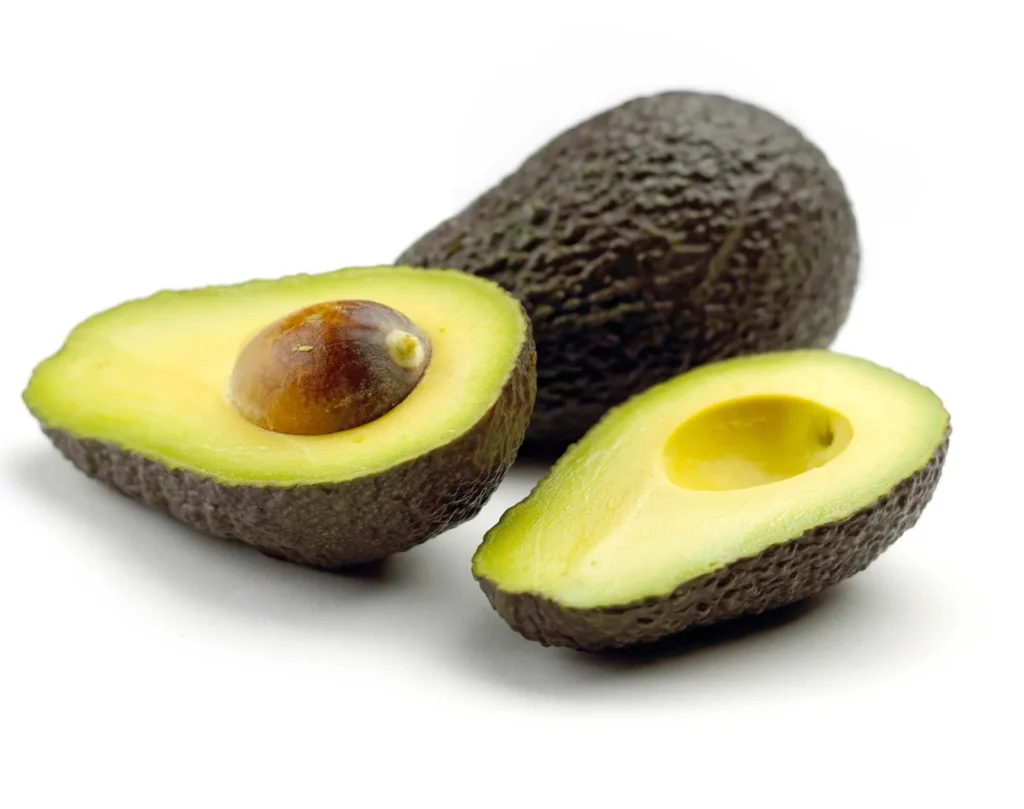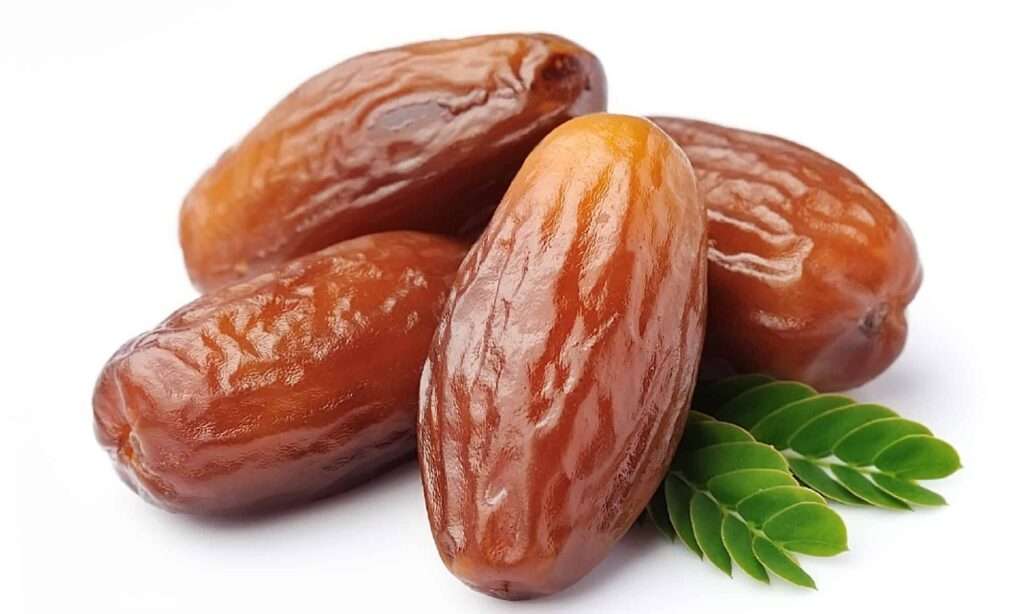
Description
Small flowers green in color, clustered, are found before the fruit, which has a range of colors from nearly black to red, green, and amber. According to botany, the fruit is a more-or-less spherical berry with a luscious pulp within of which the seeds are located. In several kinds, the fruit develops a bloom, which is a pale powdery covering.
Varieties
Numerous grape species grown in North America are also significant economically. Fox grape (V. labrusca) varieties are produced as grapes or are used for grape jelly, grape juice, grape flavouring, and kosher wines. Fox grapes are related to concord grapes and other grapes with “slipskin” skin. In America, the summer grape is thought to be the oldest grape variety. The thick-skinned muscadine grape, which is native to the Southeast of the United States. The most popular grape varietals consumed include Concord, Cotton Candy, Moon Drop, Crimson, Muscat, Black Monukka, Autumn Royal, Thompson Seedless Grapes, Red Globe, and Dominga.
Uses
Grapes have cultural significance in many parts of the world, especially because of their use in winemaking, whether they are consumed fresh or in dried form (as raisins, currants, and sultanas). Jams, juices, vinegars, and oils come under the category of additional grape-derived goods.

Nutrition
151 grams (g) or around one cup of grapes contain 1.09 g of protein, 104 kilocalories, 27.33 g of carbohydrate, 0.24 g of fat, of which 23.37 g is sugars, 288 mg of potassium, 1.4 grams of fiber, 15 milligrams of calcium, 11 milligrams of magnesium, 0.54 milligrams of iron, 4.8 mg of vitamin C, 30 mg of phosphorus and 0.11 mg of zinc,.
Grapes are high in water content and also include vitamins B and A. Over 121 g of water may be found in one cup of grapes. Antioxidants like lutein and zeaxanthin are also abundant in them. Resveratrol, a phytochemical found in red grape skins, is thought to offer protection from a number of chronic illnesses and ailments. Grapes also include the flavonoids myricetin and quercetin. These aid the body’s defense against the creation of dangerous free radicals.
Cultivation
Once the final hard winter has passed, in the early spring, grapevines should be planted. Typically, bare-root, dormant vines are acquired. Self-fertile grape types constitute the majority. If you want to be sure, find out if you need more than one plant for pollination when you purchase vines. A location with direct sun is best. Make sure the area receives morning sun if it doesn’t receive full sun. It won’t harm to have a little afternoon shade. Your soil must be loose, deep, and well-drained. Additionally, you require good airflow.
In the first year, unless you have problematic soil, avoid fertilizing. During the second year of growth, fertilize sparingly. To maintain an even distribution of moisture around the vines, use mulch. A mesh net can help keep birds away from fruit that is just beginning to blossom.
Pruning is essential. On the branches that emerge from canes that are one year old, grapes bear fruit. You’ll receive fewer grapes if you have too many old canes (from not pruning). You get a lot of new growth but, once more, few grapes if you entirely trim your vines back each year.
Table





